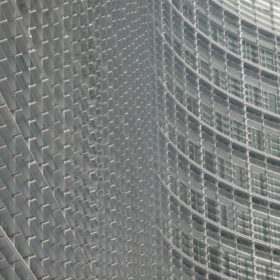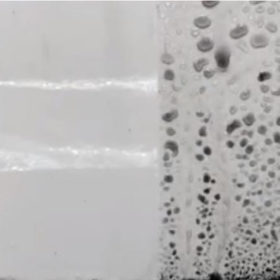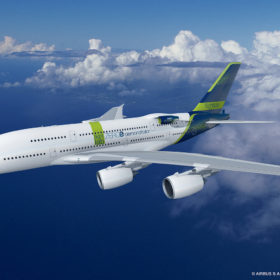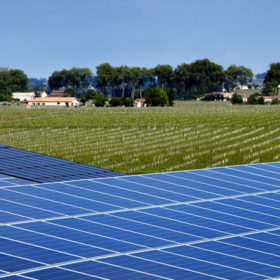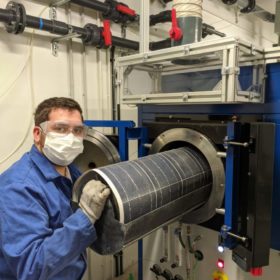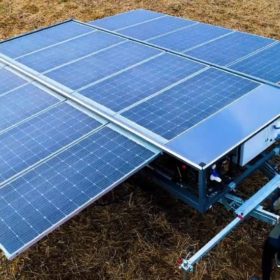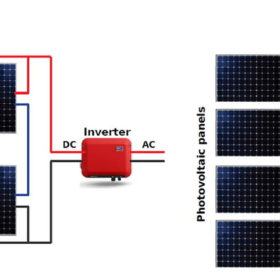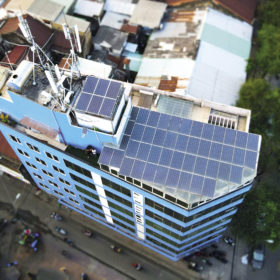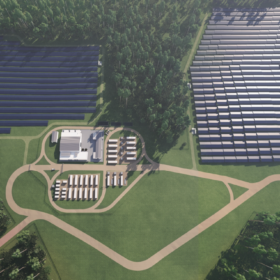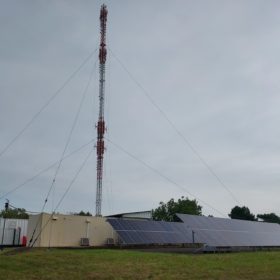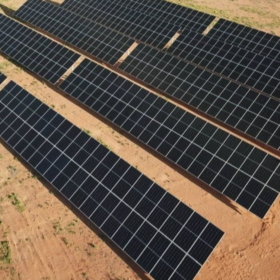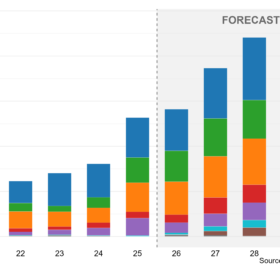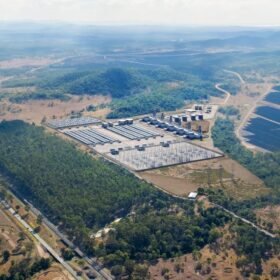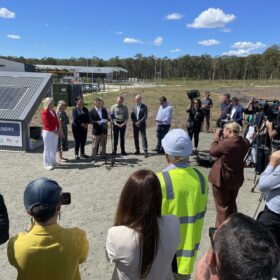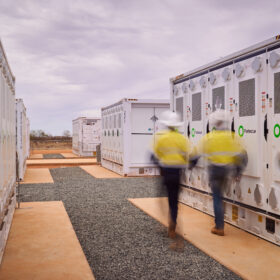European Commission could call in Australian investor Macquarie’s bid for French developer
Australia’s Macquarie is leading a consortium that has reportedly tabled a €2.5 billion ($3.65 billion) bid for a clean energy business formed by French private equity houses InfraVia and Eurazeo.
French consortium develops self-cleaning solar module coating
French chemical company Axcentive and solar module manufacturer Photowatt have developed a PV panel coating based on photoactive nanotechnology. The coating relies on a super-hydrophilic surface that makes the water spread out on the module surface immediately, thus avoiding light scattering effects upon rain.
‘Green aviation revolution’: Fortescue teams up with Airbus
Fortescue Future Industries and Airbus have formed a partnership, saying they will work together to realise a green hydrogen-based aircraft by 2035.
Australian-led consortium acquires French solar company with 15GW under development
A consortium led by Australian financial group Macquarie Asset Management will acquire French solar developer Reden Solar. The $3.7 billion (€2.5 billion) transaction is expected to be finalised in the third quarter of this year.
New PV module recycling tech
French start-up Rosi Solar has developed an industrial solution claimed to be capable of recovering high purity silicon, silver and copper contained in end-of-life PV modules. The company’s technology is based on a pyrolysis process that makes it possible to isolate the different metals from the cells.
Solar trailer for off-grid applications
Developed by French start-up Ecosun, the trailer is equipped with 15 solar panels with output of 360 W and batteries with a storage capacity of 23 kWh. It can be used for construction sites, military camps and water pumping systems.
Micro-inverters vs. string inverters
A French research group has compared the performance ratio of 100 PV systems relying on micro-inverters with that of 100 installations relying on string/central inverters. It found the performance ratio is around 79% for both system typologies and that arrays with micro-inverters are more sensitive to environmental factors.
EDF Renewables invests in Vietnamese PV rooftop market
The French energy group has invested an undisclosed sum in Vietnam’s SkyX Energy. The goal is to install 200 MWp of C&I PV rooftop capacity in the country.
HDF to construct baseload power plant using green hydrogen, plans Australia expansion
The project includes a solar park coupled with what HDF Energy claims is the “largest green hydrogen storage of intermittent electricity sources” at 128 MWh. Importantly, the company also simultaneously announced expansion plans into Australia, saying its hydrogen technology will soon be available here, adding that it has “projects already in development for Australia”.
Solar-plus-hydrogen for air traffic control
A 19.8 kW PV system is powering a telecommunications antenna at a French air control centre. When it produces more energy than needed, the surplus is used to produce hydrogen which is then utilised to produce new electricity via a fuel cell system and provide power to the antenna during a period of up to five days. For short-term storage, lithium-ion batteries are used.
